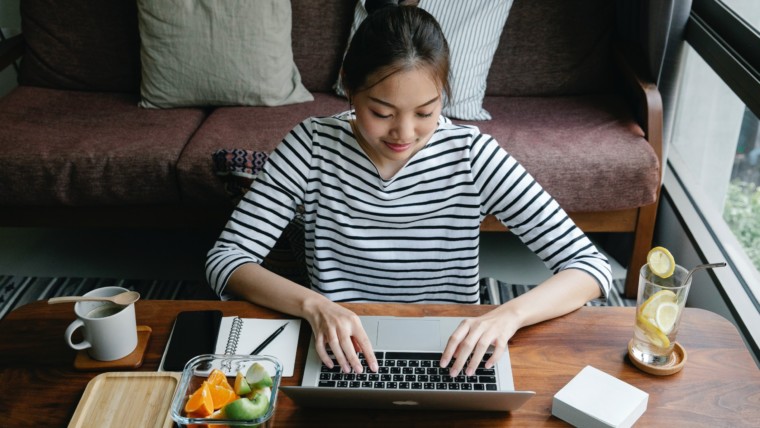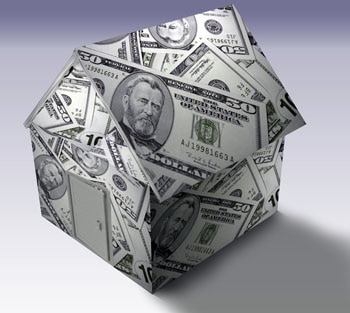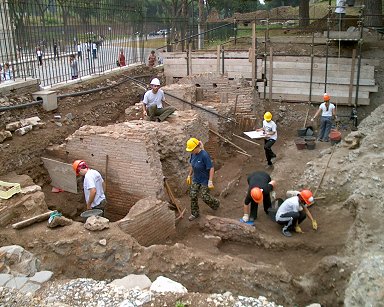Several years ago I started collecting seeds from the fruits, veggies, and flowers that I grew for planting the next year. I couldn’t believe I hadn’t done this before. It seems like a no-brainer. Why buy seeds every year if you can use the ones you grew? And it isn’t as hard as you might think.

The most important thing when planting your garden is to choose a seed or plant that is NOT a “hybrid” variety. When you see hybrid on the packet it means that the genetics of the plant have been altered. If you save seeds from a hybrid you most likely will get a plant that does not bear fruit and if it does, the results are going to be unpredictable. If you plant an heirloom seed you can save each year and always get the same results.
When selecting a plant to save seeds from, pick one that is strong and disease free. Look for a plant that has a high yield (meaning it produces the most fruit). It will be tempting to save your very best for you to eat, but if you save the best from each plant, then your whole crop the next year will be as good as your best the year before. You will continue to improve your results from year to year.
Wait for the fruit to completely ripen before harvesting the seeds. The seeds need to be fully grown in order to germinate the following year. In some cases it means letting the fruit grow bigger and longer than you normally would let it like cucumbers, beans, and squash. When I collect the seeds, I wash the seeds and then dry them with a paper towel. I then lay them on a paper plate so they are not touching each other. I let them sit out on the counter for about a week. I then put some of them in an envelope and allow the rest to dry for an additional week. You may have to do some testing and trial and error. A lot will depend on the temperature and humidity in your home. They need to be dry, but not to the point that they crack or split. I always plant some of the two week and some of the one week seeds in case one doesn’t germinate.
Once they are dry, the best way to store them is in paper envelopes. I write the planting instructions and germination time on the envelope (copied from the original seed packet) so I can remember for the next year. I also write how long they dried. I keep a gardening journal to see how each ones does from year to year. It is not necessary but I find it helps.
I save seeds for flowers as well, but I usually wait for the seeds to dry on the plant before collecting and storing them in an envelope.

















